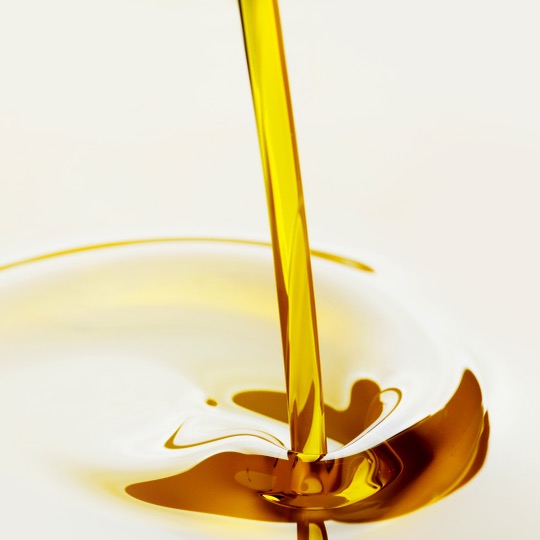
EVO oil tasting: olfactory analysis
The aromatic and gustatory characteristics of an Extra Virgin are the result of multiple factors: climate, territory, olive cultivar, method of harvesting and processing. The tasting is aimed at evaluating the organoleptic characteristics through the senses: sight, smell, taste and touch. Visual analysis is generally not used, except for DOP ones. However, it will be necessary to evaluate the clarity (positive factor), and the possible presence of deposits (negative factor).
The first step of tasting an EVO oil is the OLFACTORY ANALYSIS.
- add a quantity of 15g of oil to the glass
- heat the contents with the palm of your hand, shaking it in the glass (optimal temperature 28 ° C).
- cover the glass with the palm of the other hand for 30 seconds to be able to maintain the aromas for about 30 seconds
- uncover the glass, bring it to your nose and inhale slowly and deeply
The simplest aroma to distinguish is the “fruity” one, typical of olives. The more mature olives give a “ripe fruity” aroma, the less ripe olives give a “green fruity” aroma. However, there are some negative attributes, caused by errors deriving from some stages of olive preparation.
The main ones are:
- Mold, Rancido, Reheating, Morchia, due to poor conservation of the olives
- Winey:
- Metallic
- Frozen Olives, scent reminiscent of damp wood.
